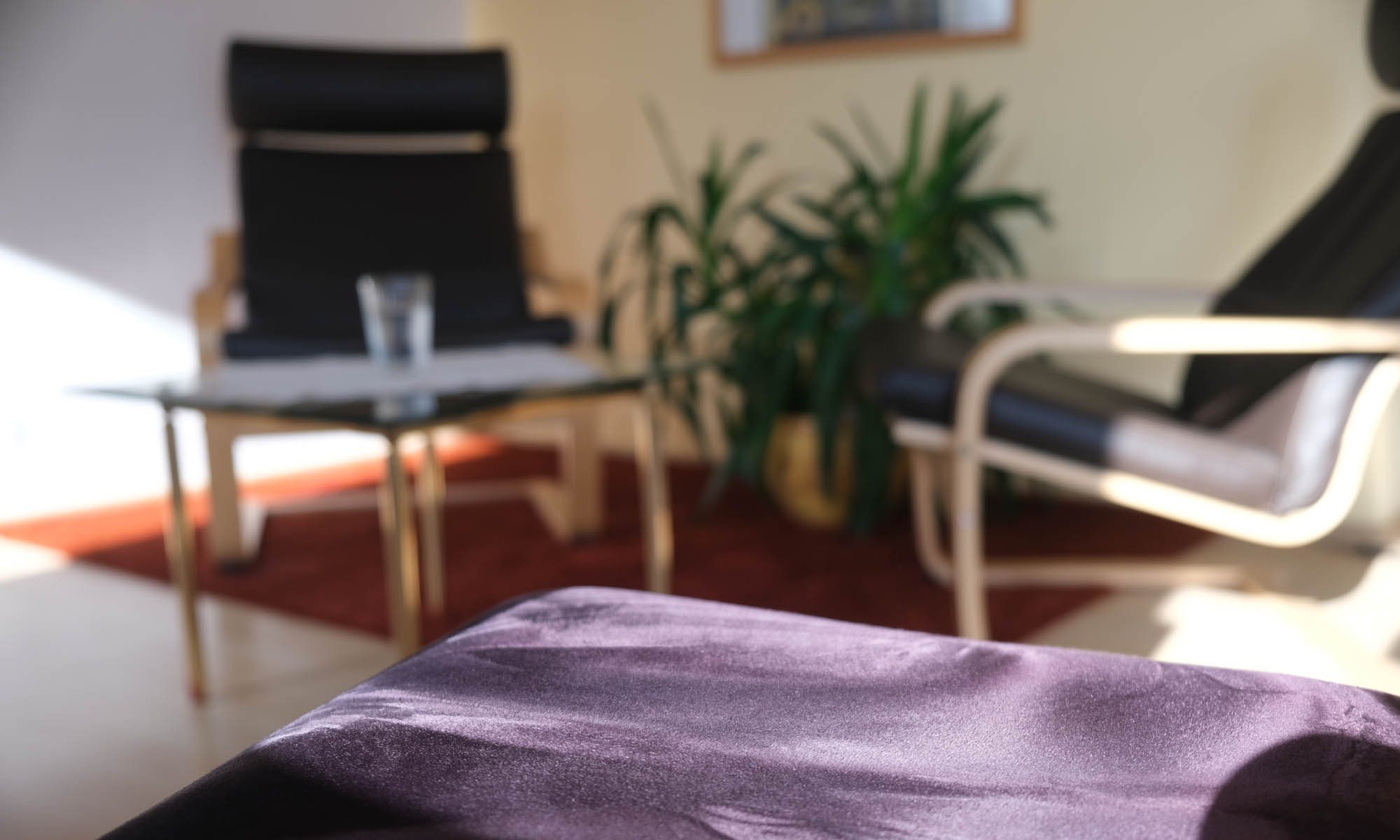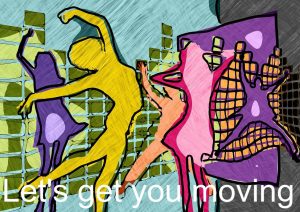
What if this post sets something in motion within you?
Sometimes it only takes the smallest spark to get things moving – in the way we think, feel, or act. This post invites you to shift your perspective, regain a sense of lightness, and reconnect with your inner strength. Because what if this post really does set something in motion within you?
That, at its heart, is what resilience is about: staying open when life gets challenging – and trusting in your own ability to shape what comes next.
What if this post sets something in motion within you?
Somewhere deep down, I knew I wanted to write again – to share what I’ve learned, to offer a spark of inspiration. And what if, through that, something begins to move within you?
I start typing – on a completely different topic. But the words drag. Slow. Heavy. It’s hard to step away from the desk. Eventually I do: stop. Step outside. Fresh air. Sunshine. Movement. A deep breath. Space to clear my head.
Back home – not at the desk this time, but at the dining table, looking out into the garden. Shoulders back, chest open. As I exhale, I let the air escape with a soft puff.
Then, back at the computer, I delete everything I’ve written – without even reading it again. If it felt heavy while writing, it’s unlikely to feel any lighter when reading.
Later, I come across an article about powerful questions – the kind that can stir something inside us – and about the quiet power of words.
And suddenly, it’s there: inspiration.

We live in turbulent times
Global changes, personal challenges, constant adaptation – it’s no wonder we often find ourselves merely functioning. Duty over joy. Enduring rather than creating.
And in the process, something gets lost: our lightness, our calm, our trust in our own abilities.
Our minds feel full, there’s little time for reflection, and hardly any energy left to imagine new ways forward.
This is exactly why I want to invite you to:
- break the cycle of negativity
- practise openness
- discover new possibilities
- tap into your own creative power
Let yourself be inspired
You might be thinking, “That all sounds lovely – but when am I supposed to do it?”
Then take a leaf out of Einstein’s book:
“Imagination is more important than knowledge. For knowledge is limited.”
“There are only two ways to live your life. One is as though nothing is a miracle. The other is as though everything is a miracle.”
“Learning is experience. Everything else is just information.”
“Problems cannot be solved with the same mindset that created them.”
Source: www.geo.de
Opening up to new perspectives
When we begin to shift our perspective, space opens up for something new – lightness, problem-solving, and creativity.
The prompts that follow come from Jackee Holder, complemented with my own ideas. Jackee is an author, trainer, and coach, and writes a regular column for Psychologies magazine.

The Miracle Question – a powerful shift in perspective
The Miracle Question was developed by therapists Steve de Shazer and Insoo Kim Berg, the founders of solution-focused brief therapy.
It’s a simple yet highly effective method for breaking free from stuck thinking and strengthening your mental resilience.
Here’s how it works
Write the following as a heading in your journal or notebook:
“Imagine that tonight, you go home, have dinner, relax, and go to bed. While you sleep, a miracle happens: the problem that has been occupying your mind is solved. You don’t know it yet. When you wake up tomorrow morning – what is different?”
Then: write.
Ideally, do this by hand – writing slows down your thinking, structures your thoughts, and calms your system.
This simple exercise shifts your perspective from problem-focused thinking to solution-oriented thinking.
Some guiding questions to accompany you:
- How will you know the miracle has happened?
- What changes do you notice? In your body?
- How do others respond to you?
- How do you respond to yourself?
- What do you do differently?
- What positive emotions do you feel?
- Where are you? Who is with you?
- What can you see, hear, and feel?
Once you’ve explored these questions, use the following to structure and organise your thoughts further:
- What is already possible now – what do you notice?
- What small steps could you take today to move closer to this vision?
Why this exercise works
Even if it sounds almost like magic, it’s not about wishing – it’s about expanding your thinking, a true mindset shift. Positive psychology shows that when we imagine a desired future as vividly as possible – and connect it with positive emotions – it can boost motivation, confidence, and problem-solving abilities.
The Miracle Question invites you to step into a future where the problem is already solved.

“What if …?” questions open the door to possibilities
“What if …” questions are a simple mental exercise that can create new neural pathways – shifting us from rumination to creativity, optimism, and a sense of personal agency.
If you feel trapped in a negative spiral of thoughts, try these perspective shifts:
- What if I focus on what is already present, rather than what’s missing?
Shift from scarcity thinking to gratitude and creative engagement. - What if I stop waiting for the perfect moment and start now?
Shift from perfectionism and procrastination to personal agency. - What if I compare myself less to others and pay more attention to my own abilities?
Shift from self-criticism to self-confidence and acceptance. - What if I stop feeling responsible for everything?
Shift towards self-care and setting healthy boundaries. - What if things turn out even better than I can imagine?
Shift from rumination to trust, optimism, and calm.
What research tells us
“What if …” questions open up mental and behavioural possibilities without demanding certainty. Research in cognitive behavioural therapy shows that reframing negative thoughts can reduce stress and strengthen our problem-solving abilities.
When I began writing this post and then got stuck, I asked myself:
What if I stop writing for now – and just step outside?
The result is what you’re reading now.
What if the power is within you?
Please note: exercises like these are no substitute for therapy.
But they can help you activate your inner resources. Because what if the answers you’ve been searching for are already within you?
The Miracle Question and “what if …” exercises train your brain to see possibilities instead of limits.
They remind you that you have the power to shape your life – even in challenging times.

Ready to strengthen your resilience?
What if you took the next step today – and trained your mental strength with my resilience workshop next week?
With inner calm, you gain confidence, spot new possibilities – both professionally and personally – and use your capacity to shape your life with greater clarity.
Reserve your spot now: info@bettina-bonkas.com | +49 (0) 6081 926 19 10
Questions?
Feel free to get in touch – I’d love to hear from you.
- Phone: +49 (0) 6081 926 19 10
- E-Mail: info@bettina-bonkas.com
And who knows? Perhaps this post will truly set something in motion within you – that would make me very happy.:]




